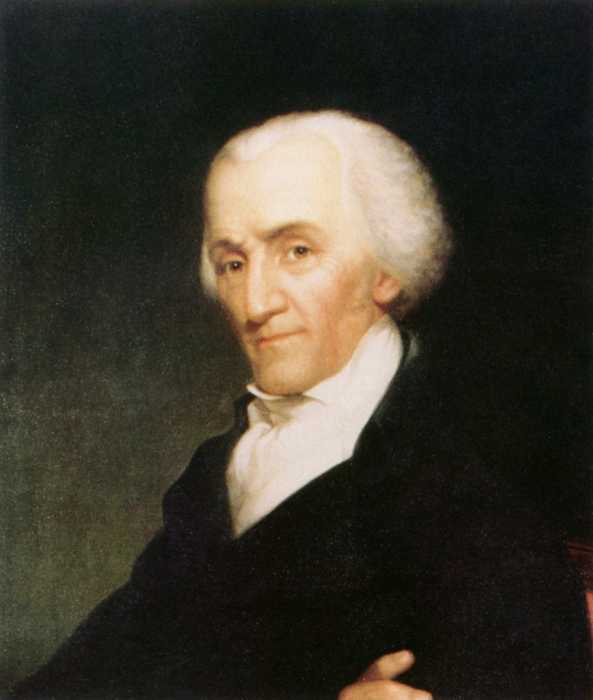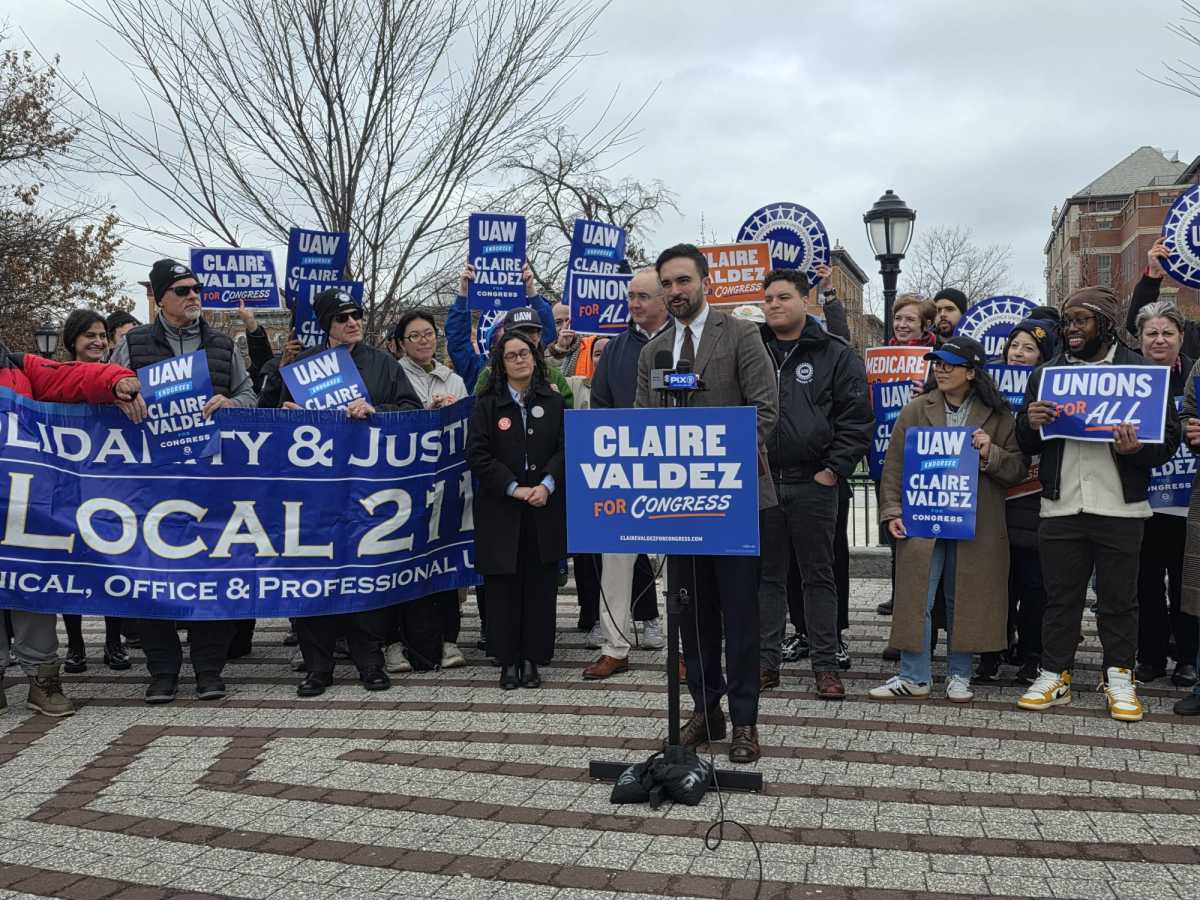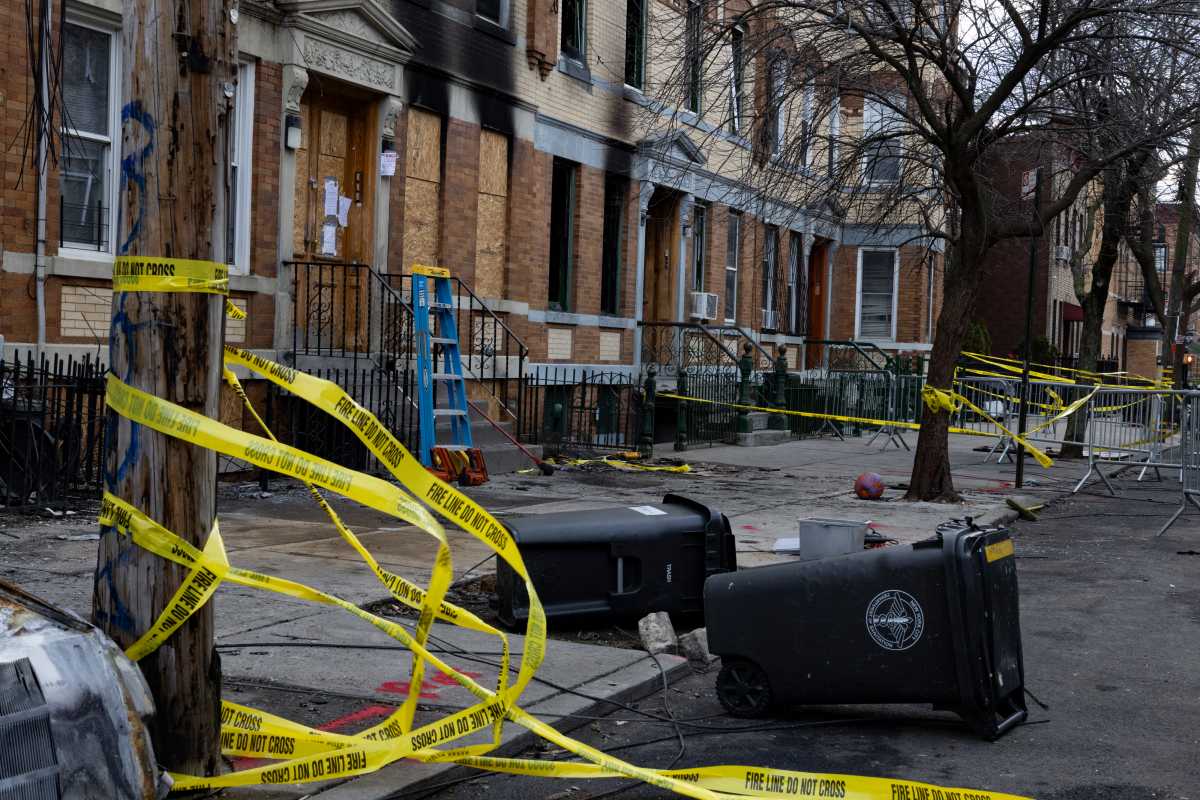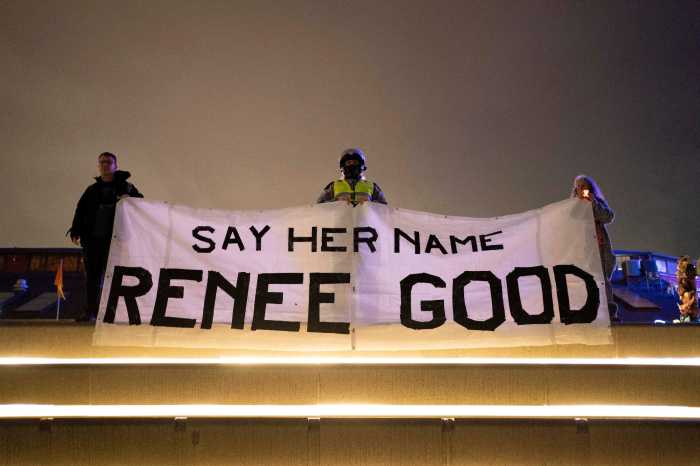It was a formidable collection of volunteers, including a 70-year-old woman from East Harlem who had once been homeless and an instructor and cadet from West Point, who had bused here for the night along with dozens of their comrades.
They were among more than 3,000 volunteers who participated in the yearly HOPE count on Monday night, a point-in-time survey of individuals who are street homeless, which is required for certain types of federal funding.
Volunteer groups question every person they meet about their housing situation. Some groups profile passersby and leave out folks who don’t “look” homeless; not this group.
An elderly woman walking her dog said irritably, “It’s an apartment,” when questioned about her housing status. A young man took iPod earbuds out of his ears, smiling, to say he had a home. Another said that he himself was fine but he’d noticed some homeless people sleeping downtown in a Citibank. Two bearded men said they had places to go, but they had their own earnest question: “Do you believe in Jesus Christ?”
The group’s members was not perturbed as they wandered around the quiet streets of Murray Hill, mostly empty but for trucks and taxis, doormen and shop-owners.
“Sometimes you could assume wrong,” says Maj. Laura Weimer, 35, a sociology instructor at West Point.
“Confirmation bias,” chimes in her student, Cadet Mitch Boylan, 21.
They were right.
An imperfect tool
“There’s a certain amount of cynicism in this world,” Mayor Bill de Blasio said, as he sent the volunteers assembled at P.S. 116 out into the Manhattan night, saying he wished people could see the assembled crowd there to help the homeless at 11:30 at night.
Housing and Urban Development Secretary Julian Castro was on hand as well, mentioning the Obama administration’s commitment to combat homelessness — $11 billion in his final budget, already being laughed away by Congress.
The mayor said the 2016 HOPE count would be the last before the introduction of quarterly counts, part of his much-hyped HOME-STAT initiative. That plan won’t get underway until March.
The HOPE count itself isn’t a perfect census, to say the least.
It’s “most likely a vast undercount,” says Giselle Routhier, policy director for the Coalition for the Homeless, given the untrained volunteers doing the counting and the single-night survey.
“We know they’re there,” she says of the homeless, “and we need to focus on what’s going to move folks out of homelessness and into permanent housing,” adding that permanent housing is the solution.
Getting to full housing is a lofty and distant goal, much like ending homelessness among veterans, which the administration said had been achieved in New York City in December — at least, “chronic veteran homelessness,” a carefully qualified phrase that doesn’t mean there are no veterans on the streets at all.
Veteran homelessness “obviously touches close to home,” says Weimer, who served two tours in Iraq as a military police officer.
She remembers coming home and “losing that sense of purpose” that comes with a clear mission like protecting convoy routes or providing security for elections.
It’s easy to fall into a “slump,” she says, that might end in homelessness.
The man on the street
The first homeless person that Group 4 found that night was a young man, clean-cut, with a Nike draw-string bag and a friendly demeanor.
When asked whether he had a place to go that night, he looked slightly bewildered by the attention.
“That’s crazy,” he said, “I’m going to shelter intake right now.”
The entire group scrambled to be helpful. As dictated by the pre-written questions, he was asked whether he was a veteran.
He was. He had been an “intel specialist,” he said, for six-and-a-half years. Weimer asked whether she could do anything for him. He said he just needed “somewhere warm to sleep.” She gave him a handshake and a half-hug.
When the young man was gone, Weimer turned to Boylan, her student.
“You know how high in the class you have to be to get intel?” she asked.
This is amExpress, the conversation starter for New Yorkers. Did someone forward you this email? Subscribe at amny.com/amexpress.





































